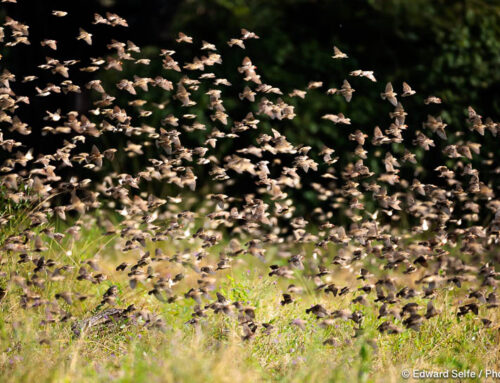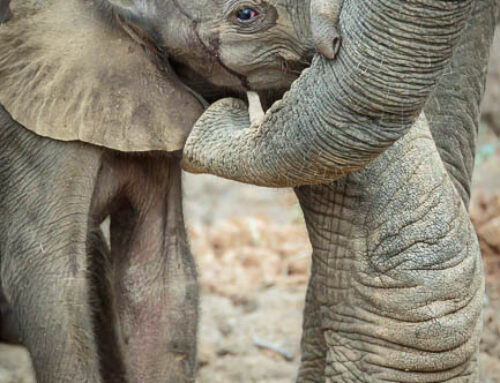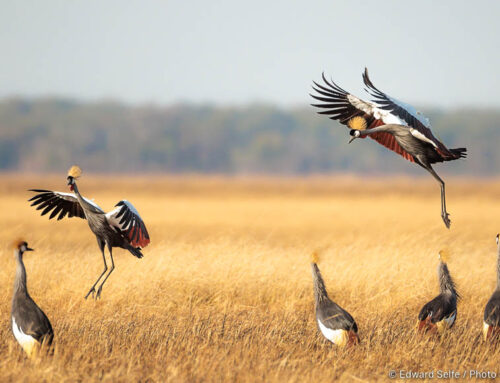It is a huge relief to see great progress being made in many countries to curb the COVID-19 crisis. Many European nations are starting to re-open their economies and return to something that resembles the life that we enjoyed before COVID-19. Of course, we all hope that the new normal, which we have been given a unique chance to create, will include dramatic shifts in priorities; the natural world, and our planet generally, should be valued much more highly in the assessment of growth.
Zambia is in a tight spot; the government can see many economies starting to re-open, and has not seen anything like the disastrous death toll that developed nations have suffered, so is tempted to follow suit. Zambia’s famous tourism sites are being encourage to open up again, giving lodges and camps the option to re-open to accommodate visitors. But the questions facing us all are whether there will be enough visitors to make it worthwhile (after all, many people are very tight financially and are not planning to travel) and whether it is safe and responsible to encourage the movement of people. We are, once again, faced with the decision of whether to prioritise the economy and the welfare of the population as a whole, or to prioritise the health of the vulnerable in society. This is a more challenging decision in Zambia where the population is young and will largely be unaffected by the virus.
In the middle of this week, I made the 1500km round trip to Lusaka (by car, and taking all precautions) to collect my Residence Permit. This is a large milestone in my Zambia journey and I am very pleased to have it after 11 years here. But this trip took 2 days out of my time in the bush and means I spent less time on safari this week.
But the time that I spent in the bush was, as always, rewarding. The dry-up continues with more and more areas becoming accessible and muddy river crossings baking hard in the warm sun. Blue skies and cloudless days are accompanied by temperatures hovering around 30 at lunchtime. It’s cold in the mornings though, so we are always in fleeces to start the morning drives. Here goes the sightings update:
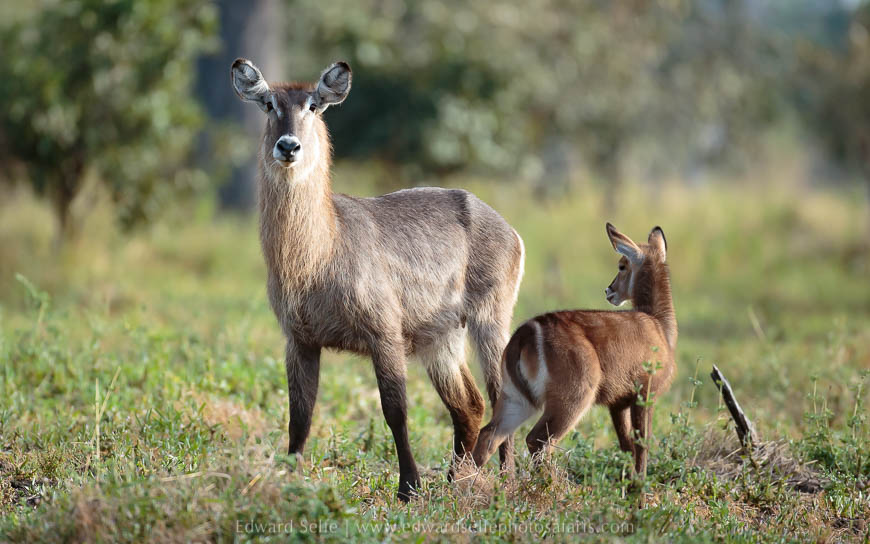
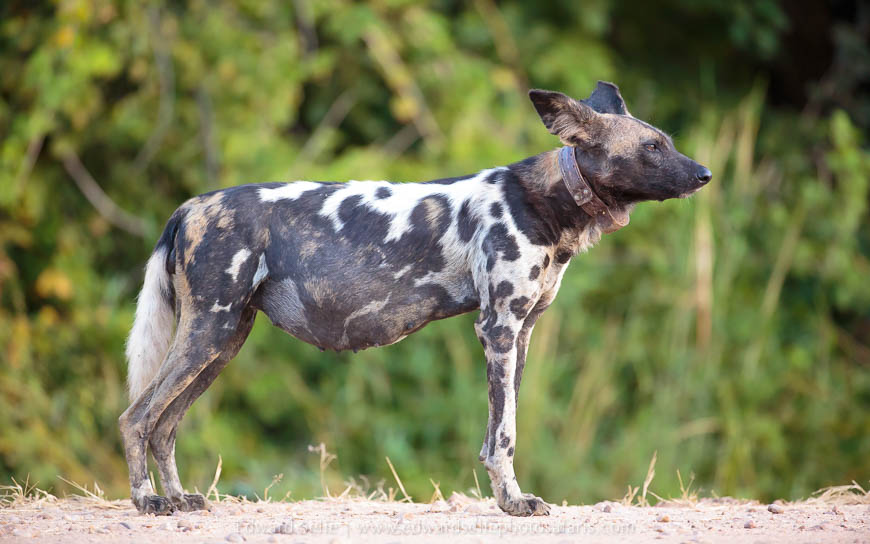
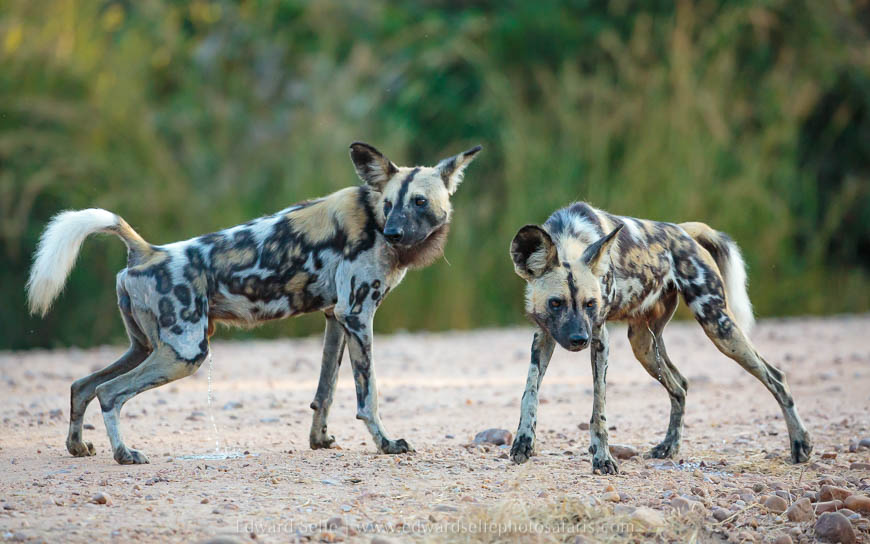
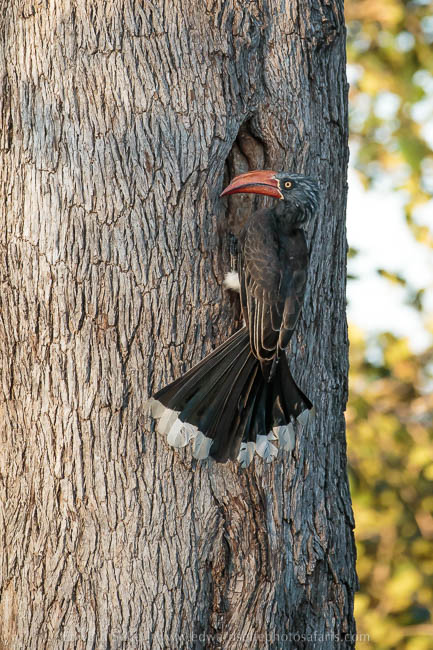
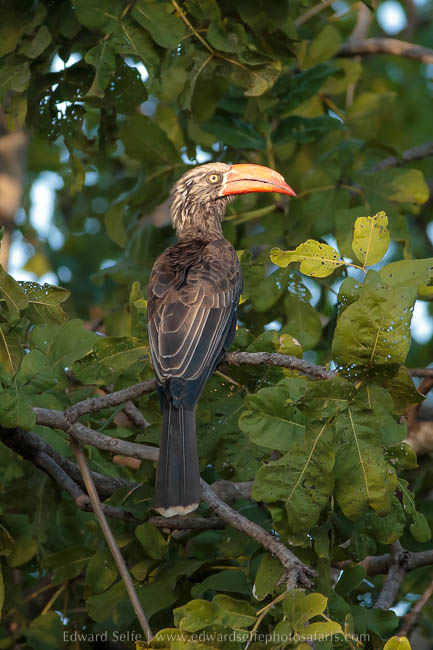
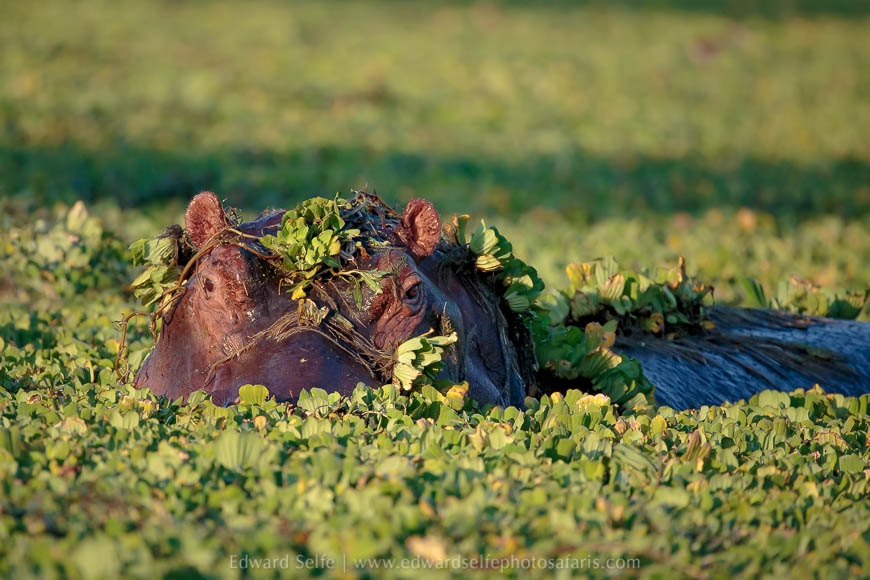
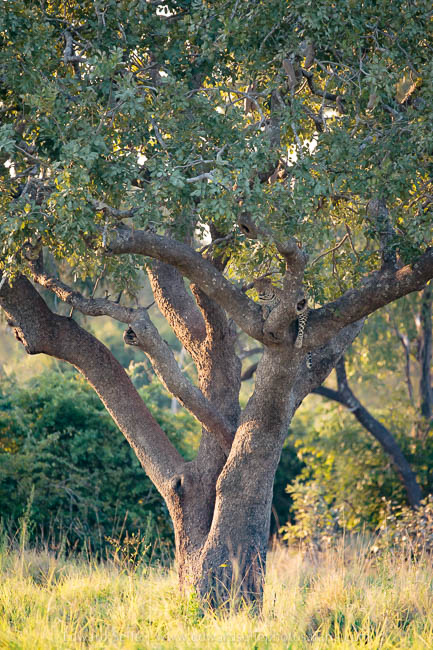
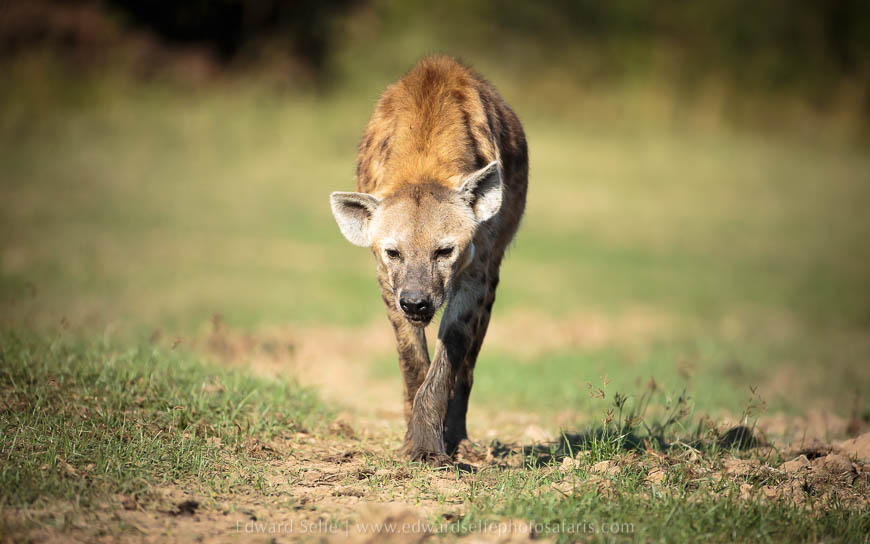
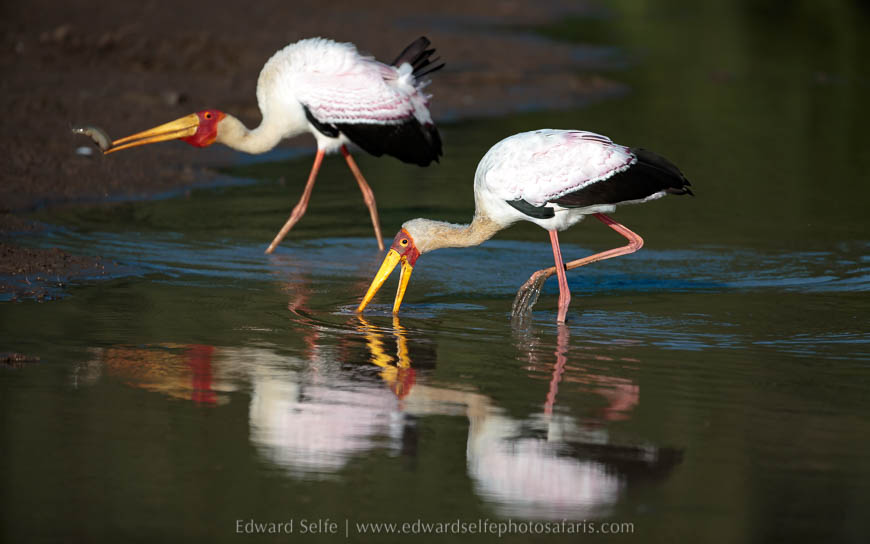
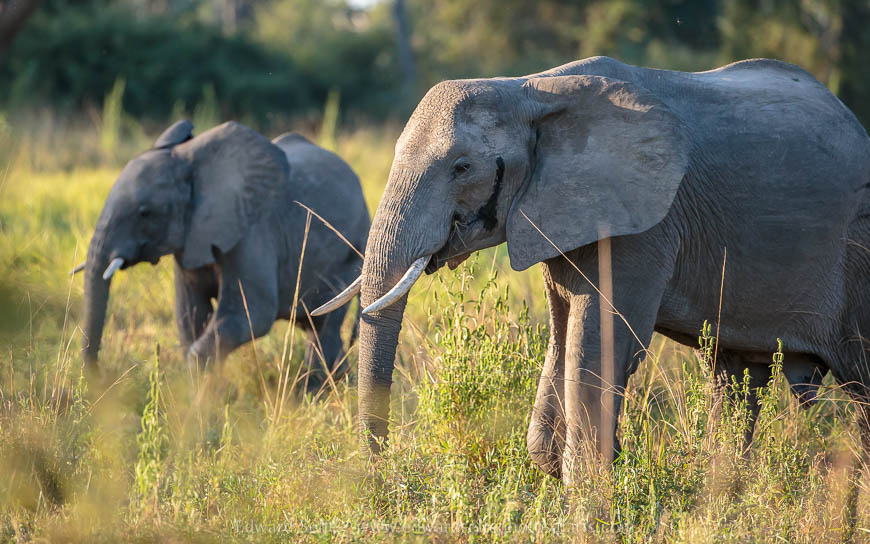
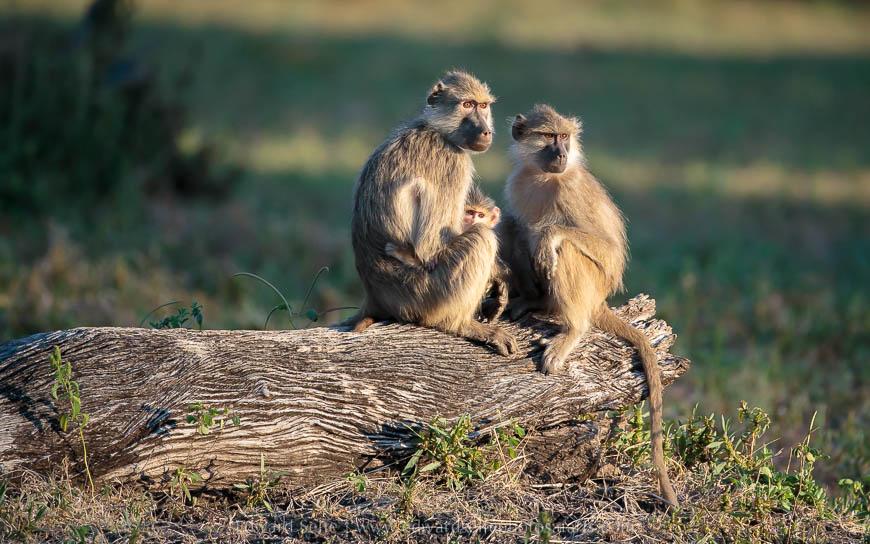
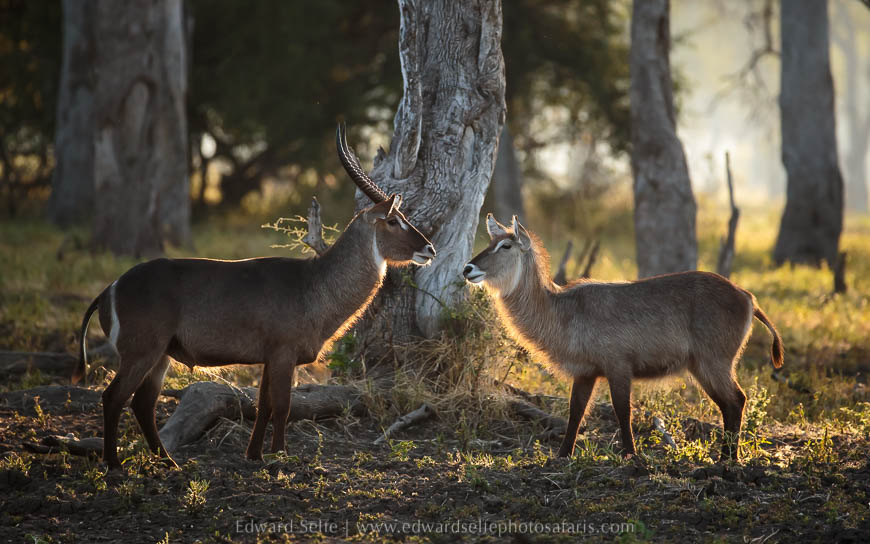
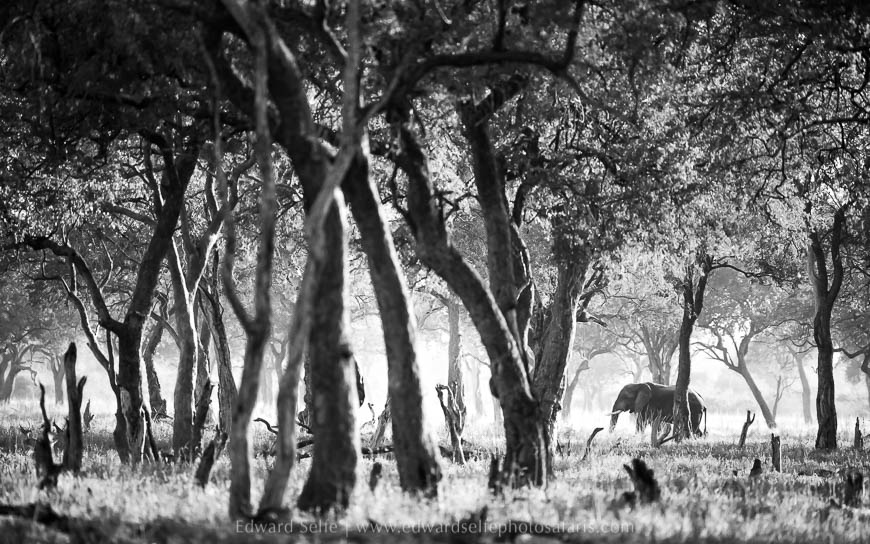
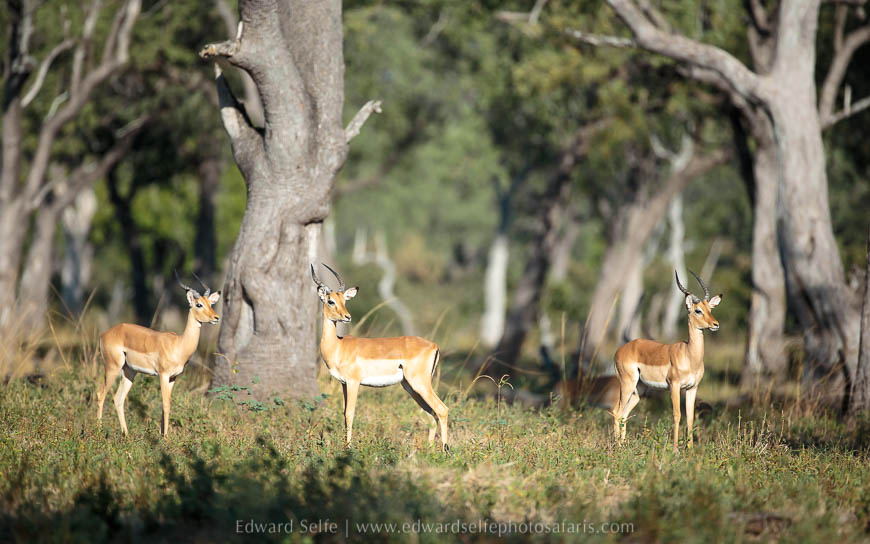
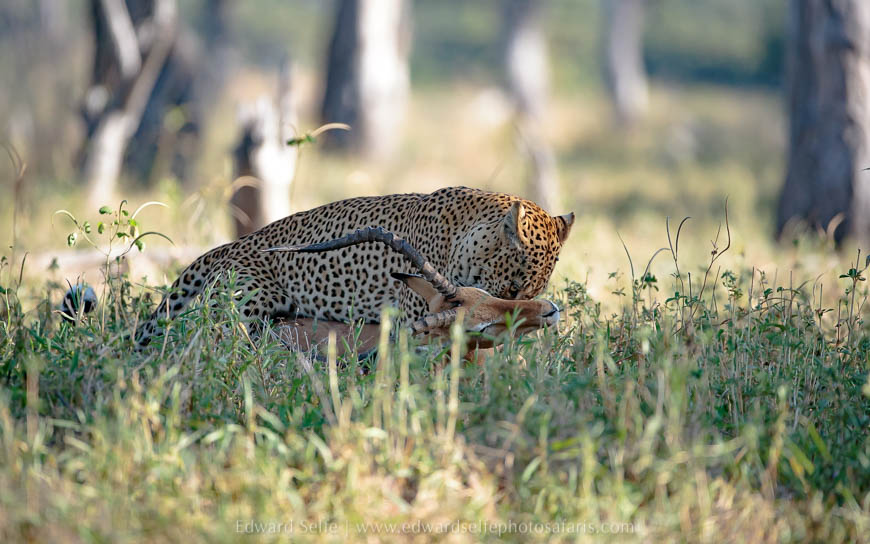
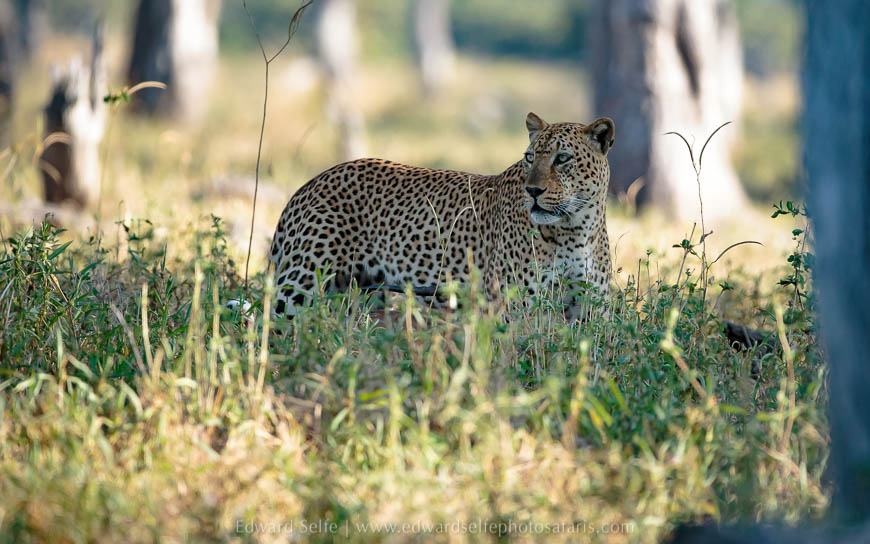
As always, thank you for following along, and please take care wherever you are. Good wishes from Zambia.

